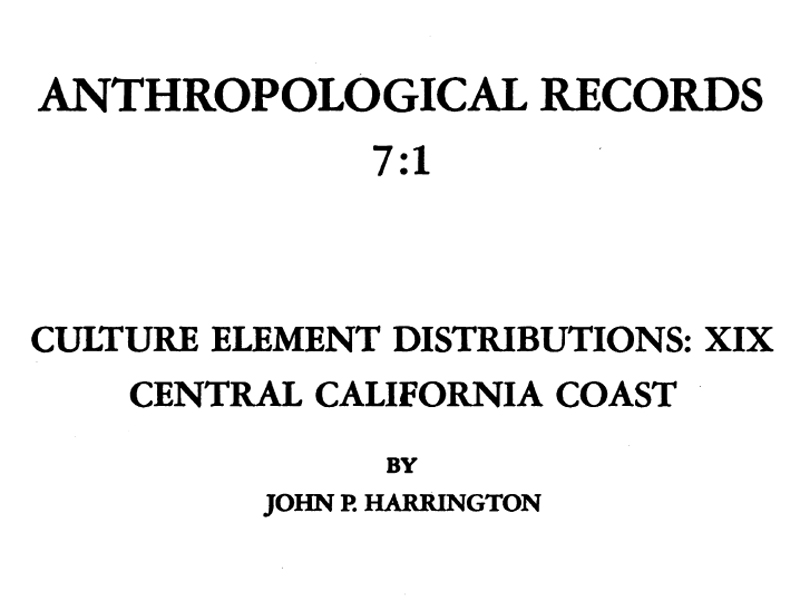|
|

An Overview of the Cultural Resources of the Western Mojave Desert.
With Sections by Rainer Berger and Pare Hopa
Eric W. Ritter, General Editor
United States Department of Interior, Bureau of Land Management
Riverside, California | 1980.
|
ABSTRACT.
The results of a literature search are presented in this study. The literature search pertained to all unpublished and published written works relative to cultural resources located within the study area. These cultural resources consist of prehistoric and ethnohistoric archaeological sites as well as historic sites. Altogether the project area encompasses a vast amount of land in the western Mojave Desert of approximately 2.35 million acres. The majority of the project area is located within present San Bernardino County with the remaining areas located in Los Angeles and Kern counties. A total of some 775 archaeological sites were inventoried as part of the study. They consist of a wide array of types ranging from habitation-village sites to cemeteries, petroglyph and pictograph sites, etc. The literature search also discloses that few of these sites have been scientifically investigated, researched, or even dated by radiometric methods. By means of generating the cultural resources overview for the project, it became apparent that the sites represent the entire span of time of human inhabitation of the Mojave Desert. Six chronological periods were utilized for the archaeological sections of the report ranging from the Early Systems Period (50,000 B.P. ?) to the Proto-historic/Historic Period. The Literature survey for the Historic Period was directed toward constructing a background overview of Spanish-Anglo exploration and settlement in the western Mojave. Furthermore, it inventoried the historic sites elicited through the literature and through interviews with local informants and historical societies. Trail-blazing, mining, and homesteader activities produced the 78 historic sites recorded in this survey. Many of these are on privately held land. Some are geographical sites and display no ruins or evidence of human use. The mine shafts and mills are outstanding and can yield valuable data for industrial history. Field assessment is needed to determine whether sites meet criteria for the National Register of Historic Places. Findings from this study indicate that there is a great number of archaeological and historical sites in this part of the Mojave Desert (many of which, especially prehistoric sites, have not been found as yet). Many of these sites are to be considered as valuable cultural resources to both the State of California and the Nation. Indeed some sites are already on the National Register of Historic Places. This study is designed to facilitate the Bureau of Land Management's future management of these cultural resources.
Download original pdf here.
|
Harrington 1942: Culture Elements
Merriam 1968: Village Names
Lopez 1974: Piru Creek
Lopez 1974: Rainfall
Cultural Resources of Western Mojave Desert 1980
Meighan 1981: Little Lake Site, Pinto Points, Obsidian Dating in Great Basin Zaglauer 1995: Kawaiisu of South-Central California
Fortier/Caltrans 2008: Local Ethnobotany
Puseman 2009: Rowher Flat-2 Earth Ovens (5000 y.o.)
McElhoes 2017: SoCal Coastal Pottery
Meredith 1899: Stockton Curves, Points
Jones 1923: Stockton Mound: Curves, Clay Balls, etc.
Yuki Basketry, Kelly 1930
|
The site owner makes no assertions as to ownership of any original copyrights to digitized images. However, these images are intended for Personal or Research use only. Any other kind of use, including but not limited to commercial or scholarly publication in any medium or format, public exhibition, or use online or in a web site, may be subject to additional restrictions including but not limited to the copyrights held by parties other than the site owner. USERS ARE SOLELY RESPONSIBLE for determining the existence of such rights and for obtaining any permissions and/or paying associated fees necessary for the proposed use.









